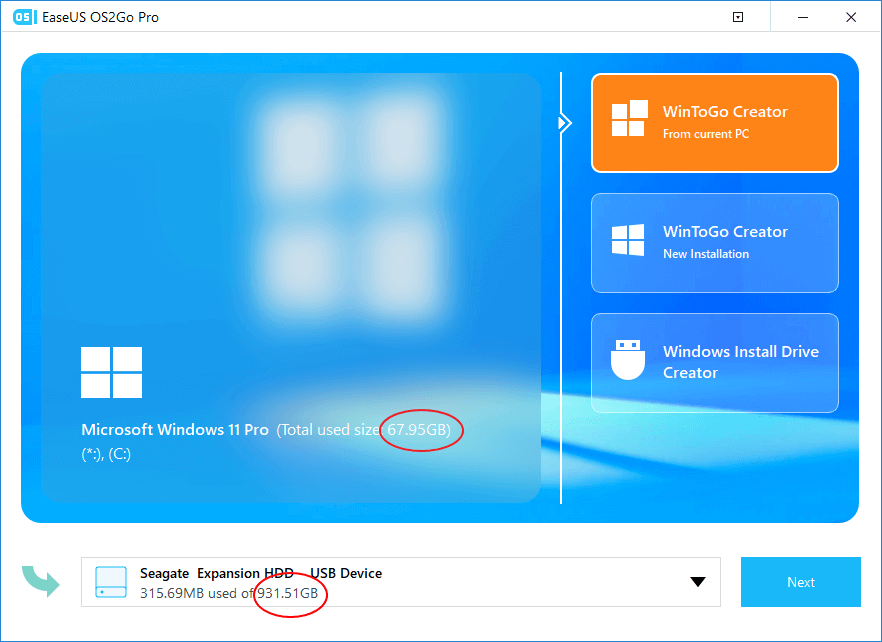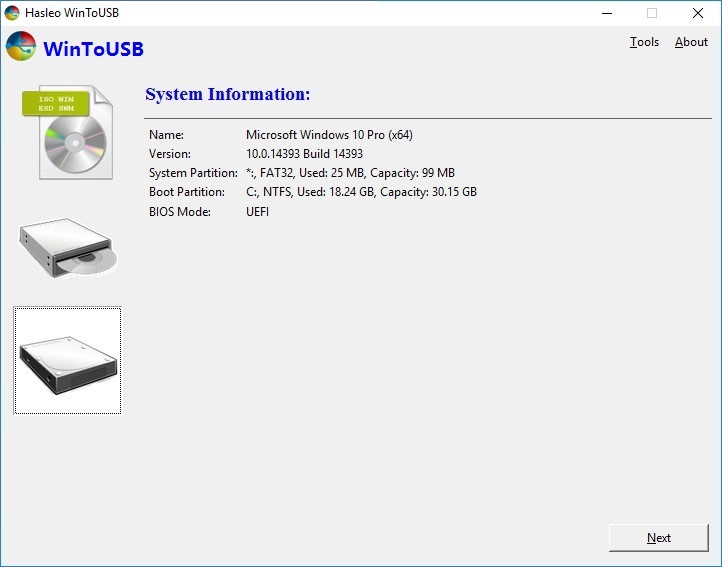

If you don’t want to proceed with partitioning the disk, click Cancel.Īfter the operation finishes, click Done.Īfter you partition a storage device, an icon for each volume appears in both the Disk Utility sidebar and the Finder sidebar. If you want to proceed with partitioning the disk, click Continue. For UEFI-based PCs, you might need to find an option to manually select the UEFI boot files, for. Typically this requires pressing a hardware button or a key, such as the Esc key. Turn on the PC, and use the boot menus to select the Windows PE drive. If a dialog appears that indicates it will take a long time to resize the startup volume, read the information in the dialog, then do one of the following: Connect the device (internal or external USB hard drive) into the PC you want to work on.

Read the information in the Partition Device dialog, then click Partition. Click OK, then click Convert & Yes to finish the conversion. Right click on the primary disk (the boot disk: Disk 0) and select Convert to Dynamic Disk. Press the Windows + R keys to load the Run dialog box.
#CREATE BOOT PARTITION ON EXTERNAL HARD DRIVE WINDOWS 10#
Type a name for the volume in the Name field.įor MS-DOS (FAT) and ExFAT volumes, the maximum length for the volume name is 11 characters.Ĭlick the Format pop-up menu, then choose a file system format.Įnter the size or drag the resize control to increase or decrease the size of the volume. To mirror an MBR Boot drive with Windows 10 OS: 1. Note: If you click Add Volume instead, you can click the Add button to create an additional APFS volume in the container, or click Cancel to return to the Disk Utility window without making any changes to the storage device.


 0 kommentar(er)
0 kommentar(er)
